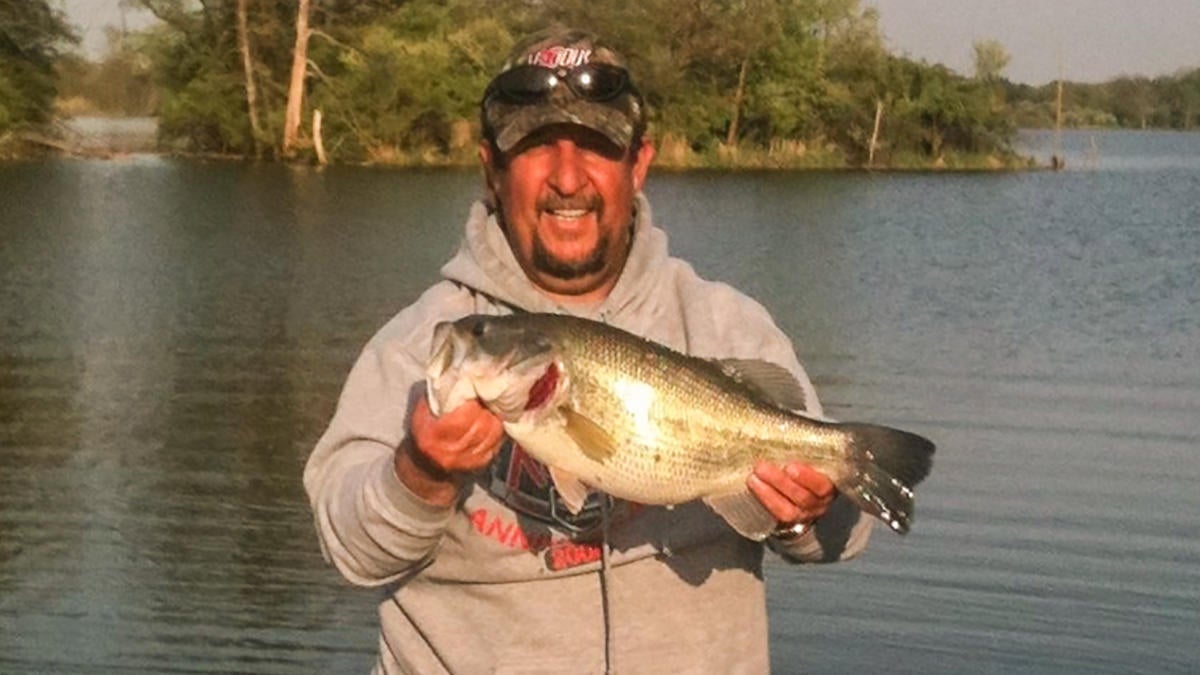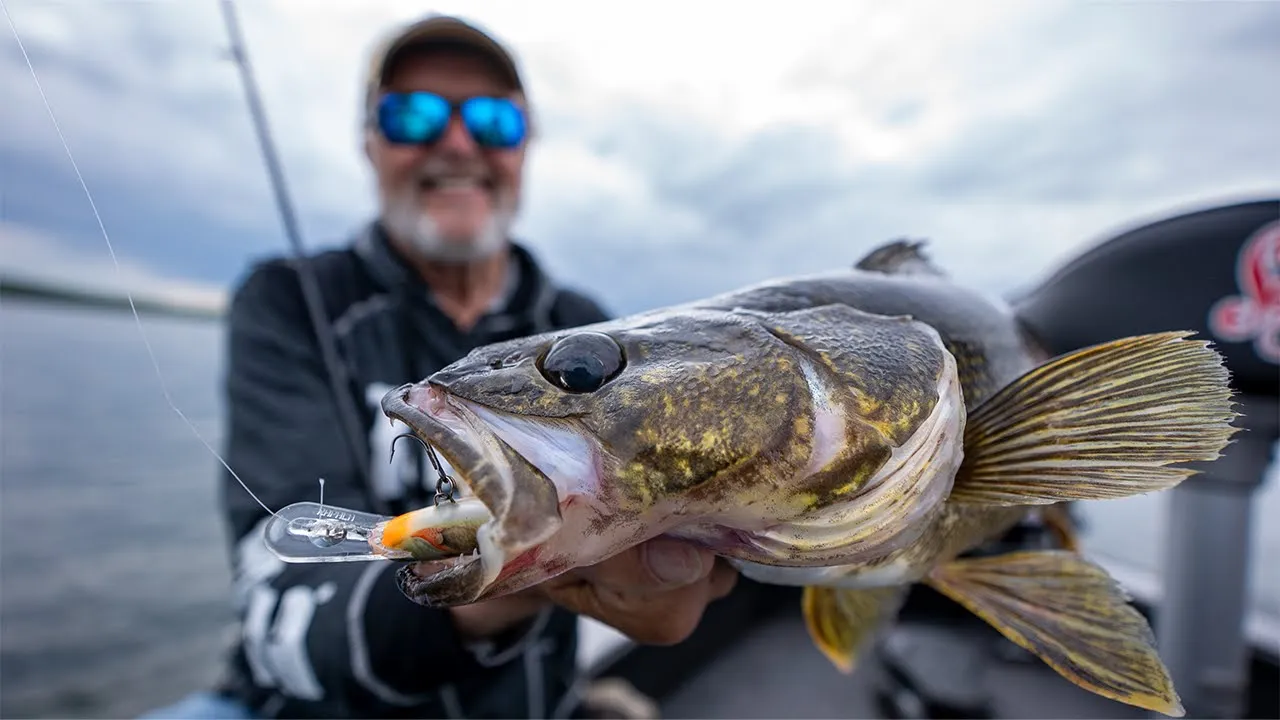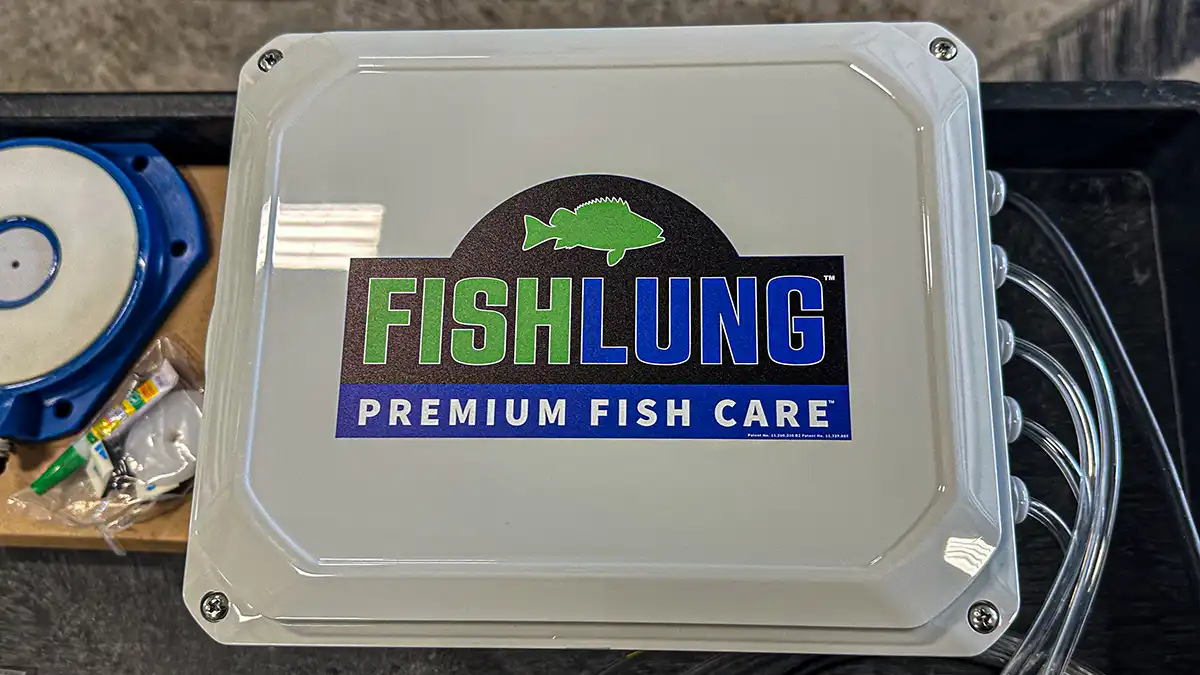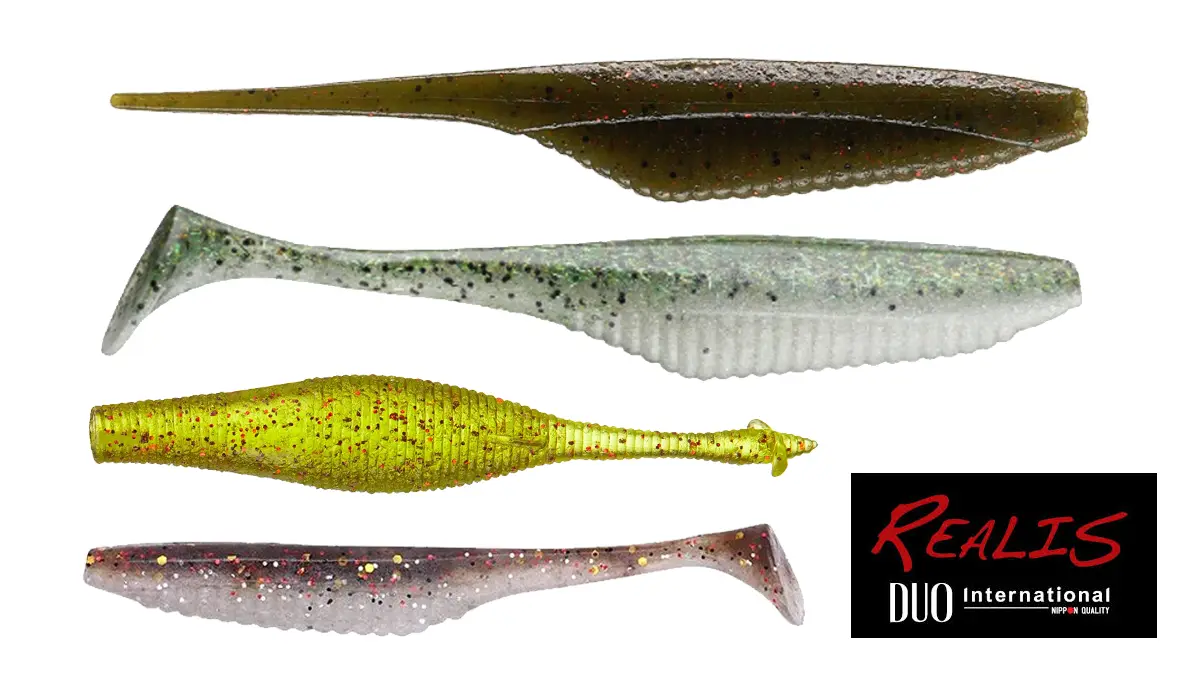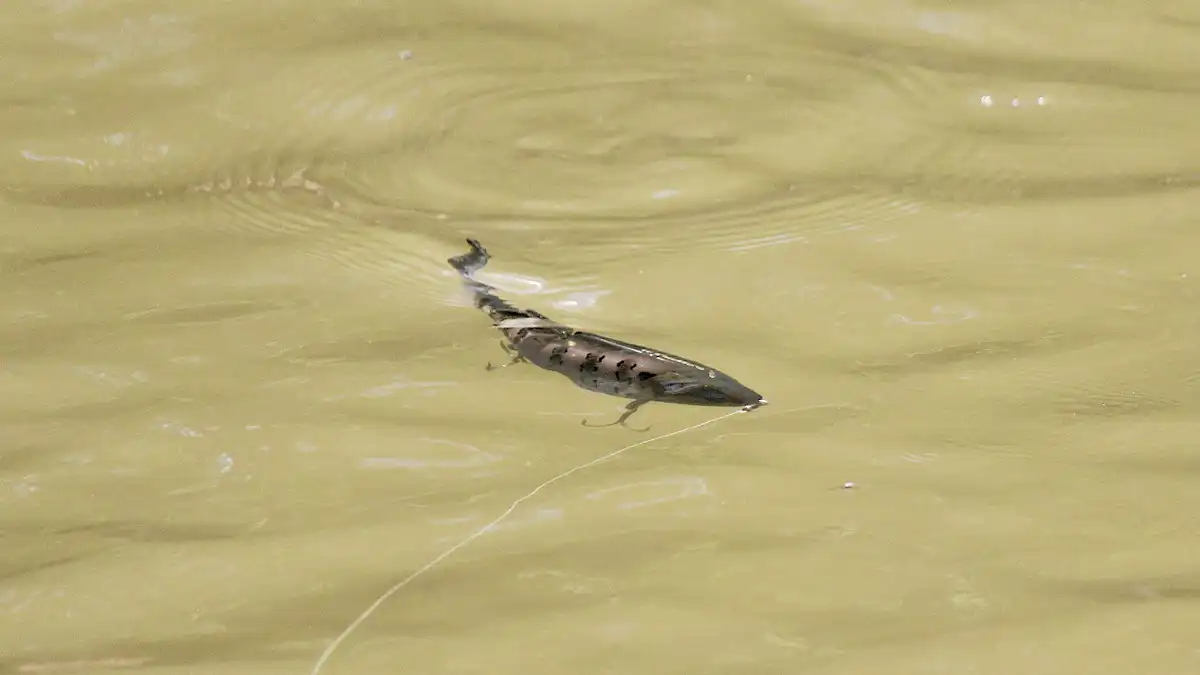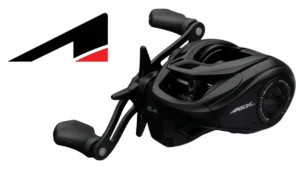It seems lighter and longer is the newest trend in bass fishing. So much so that the professional tours now allow 10-foot rods when the standard maximum length used to be 8 feet. No question rod length does have an advantage, in particular when long casts, more power and heavy cover and heavy line prevails. New materials, load power and a wide range of actions has dynamically increased the effectiveness of these longer sticks.
With that said, however, there are still techniques where shorter rods are useful.
For me, it started a few years ago when I fished the St. Johns River while living in Jacksonville, Florida. Florida is the land of the big stick where heavy cover and big fish go hand in hand, but I learned quickly there were places a 5-foot, 6-inch pistol grip or a 6-foot spinning rod outshined a split-handle or longer rod. I used them for more accurate, pinpoint casts and put more action on the offering, especially around large docks and undercut banks with overhanging trees and bushes.
Pistol grips
Pistol grip rods were definitely a mainstay in the early years; a 5-foot, 6-inch rod was the go-to rod for most anglers. If you watch any old fishing tournaments on YouTube, you’ll notice this identical rod in nearly every shot.
I still find it hard to believe that we worm fished with this same rod. Setting the hook on a worm was an art and more fished were missed than ever hooked. Going “on point” before your hookset actually got its start with this rod. Anglers almost needed longer boats so they could run backwards when hooking a fish to gain enough leverage, but I found there were some techniques where it shined. One in particular was minnow-imitators like a Rapala Original Minnow 11S or topwater poppers like the Pop-R.
Casting the potato chip-like Rapala Minnow seems to be a snap with the pistol grip and back then, we fished it over eel grass pockets and around brush tops especially during prespawn where I could feather a cast into the quarter-size spot and twitch it in place without moving the bait much. Today, I still fish it on undercut banks and around heavier cover. That subtle twitch just nosing the bait under the water and letting it settle is always enough to entice a bite. With the popper, a light roll cast allows me to put the bait precisely on the edge or even the center of the bush. I have watched one of the best ever, Craig Powers, utilize the popper with a pistol grip and his success with it is legendary. He can cast it in a thimble and the pistol grip is a huge part of it.
Hook sets with either of the aforementioned techniques are as simple as a wrist snap and winching with the reel. Both techniques work especially well on monofilament line. I typically used 12-pound or less.
Tossing other baits like spinnerbaits while roll casting also fits well with a pistol grip rod, especially when fishing under overhanging trees and in tight quarters. Paralleling undercut banks with current is a great technique for pulling big fish out of the junk. This type of rod is versatile and still has a place in our arsenals.
Spinning rods
Short spinning rods have fallen out of vogue in recent years, but if you have a lake full of docks you had better find one. Short spinning rods are great for skipping and you can get closer to the docks than you can with a longer stick. A flick of the wrist in close quarters allows the bait to fall into areas where other anglers may not be able to get them. Small worms, Ned rigs, small craws, tubes and Senkos rigged on a 1/4-ounce WOO Tungsten weight is the deal and are great bait choices. I believe that a higher speed spinning reel is a must with the shorter rod. Finding a 6.4:1 or faster suits this style best.
Another advantage to the short rod is it takes a quick snap hook set and getting fish out of the junk just seems to work out better. It’s close combat at its best. When you get the flick skip technique down you can put the bait on a dime each and every time. Most anglers cannot do that with longer rods.
Much like a tool box full of tools, rod choices are not all created equal. Each one provides a way to do a certain job. Not every screw driver is the same shape or length and rods are the same way. Hooks, terminal tackle, baits, rods and reels are all designed for a specific technique. Although rods seem to be getting longer and longer, there are times when “going short” can pay huge dividends.


